Affiliate links on Android Authority may earn us a commission. Learn more.
Top 9 Samsung Galaxy S9 features
February 25, 2018
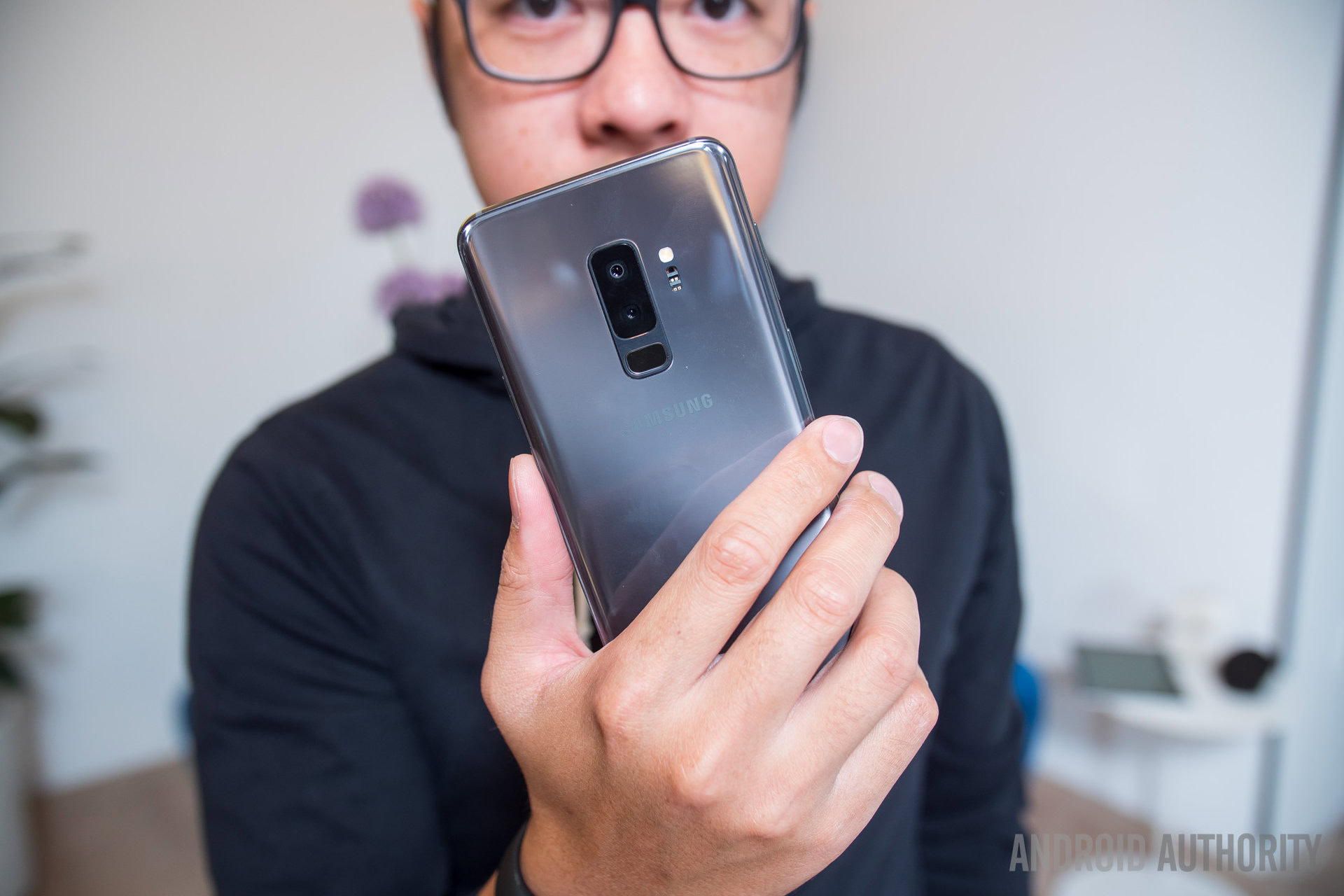
Samsung has two new flagships, and like most years, they have several new features alongside welcome improvements. What are the best features of the Galaxy S9? We’ve picked out the top nine reasons you might want to buy Samsung’s latest flagship devices!
New fingerprint sensor position
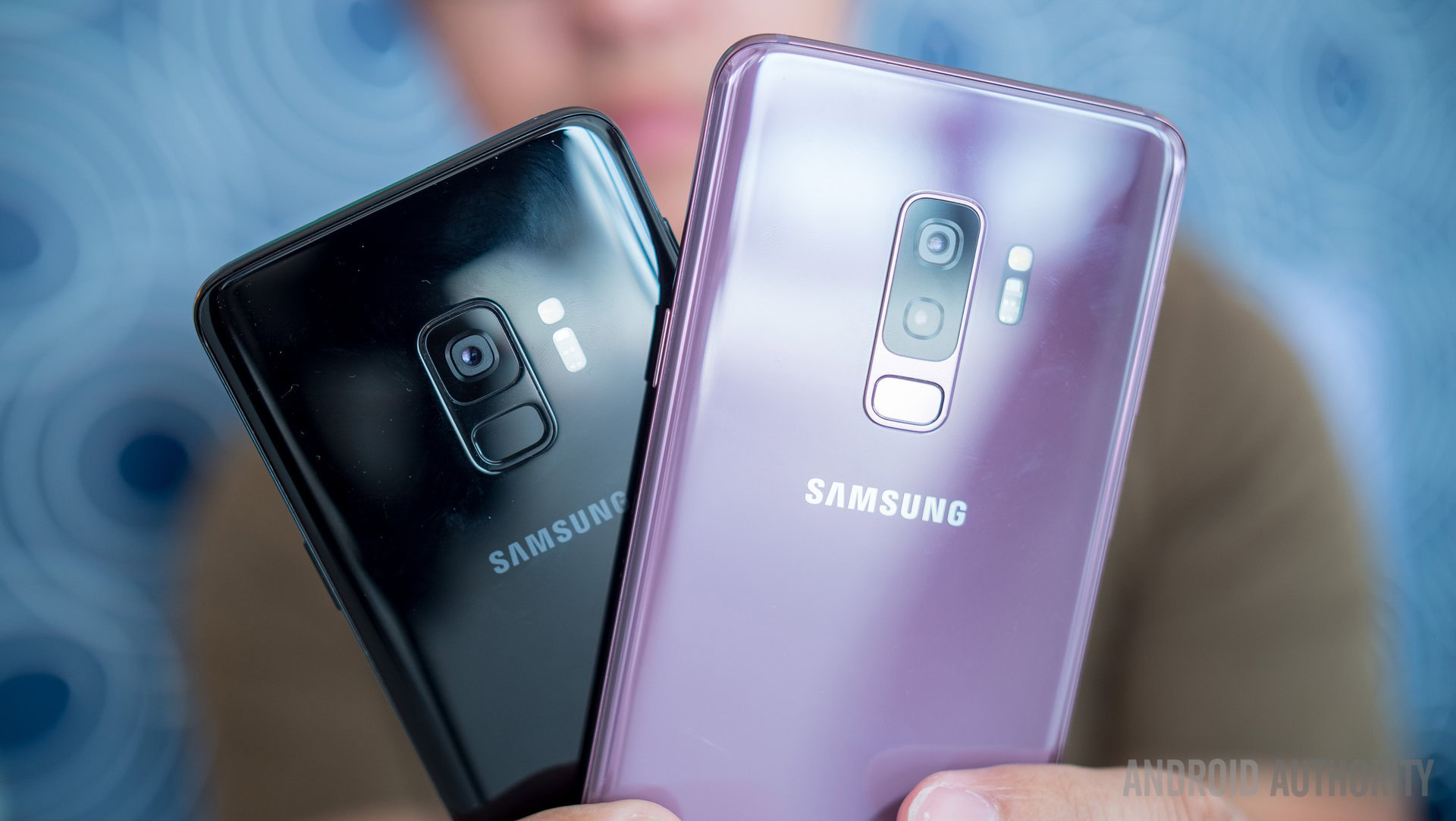
The first one is pretty simple. If you have the Galaxy S8, Galaxy S8 Plus, or Galaxy Note 8 you’ll be glad to know the odd fingerprint sensor position has finally been addressed. In the Galaxy S9, you’ll find the fingerprint sensor in the center of the device on the rear, beneath the camera.
Further reading: Samsung Galaxy S9 and S9 Plus are here: the best just got better
You might still touch the camera by accident on occasion, but it’s less likely than on last year’s devices. The center position also makes for a much better experience, and means you can comfortably register the digits on either finger (rather than just your right finger last year).
Dual camera on the Galaxy S9 Plus
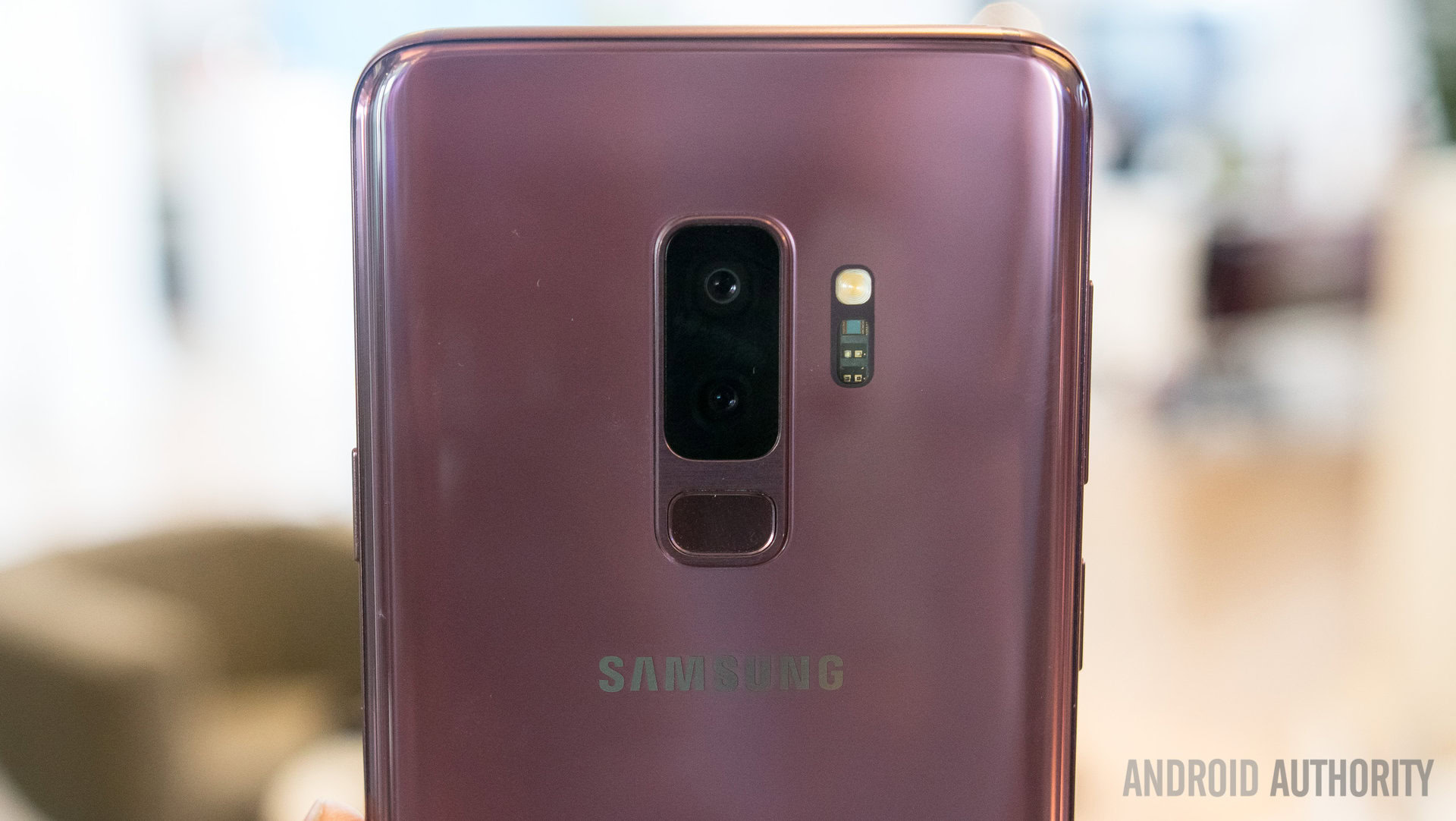
On the Galaxy S9 Plus, you’ll find the fingerprint sensor beneath not one, but two cameras (the regular S9 has only one). Yep, Samsung took a page out of Apple’s (and others) book, including dual cameras on its bigger Galaxy S flagship for the first time.
These cameras work similarly to the Galaxy Note 8. There’s a regular wide-angle super speed dual pixel 12 MP camera with dual aperture — also found on the regular Galaxy S9 — and a secondary 12 MP telephoto lens with f/2.4 aperture. Both lenses feature optical image stabilization and allow for a depth of field effect using the live focus mode.
Multi-frame image processing
This is one of the highlight features for the Galaxy S9 family. Thanks to a new Image Signal Processor, the flagships are able to use multiple photos to help reduce overall noise in post processing. Using DRAM on the camera sensor, the Galaxy S9 is able to capture four times as many pictures at four times the speed.
It captures 12 images in a split second and sorts them into batches of four. For each batch, the software uses all of the detail from the four images to produce the best image. The software then processes the three resulting images one last time to create an overall best image.
960 fps automatic slow-motion video
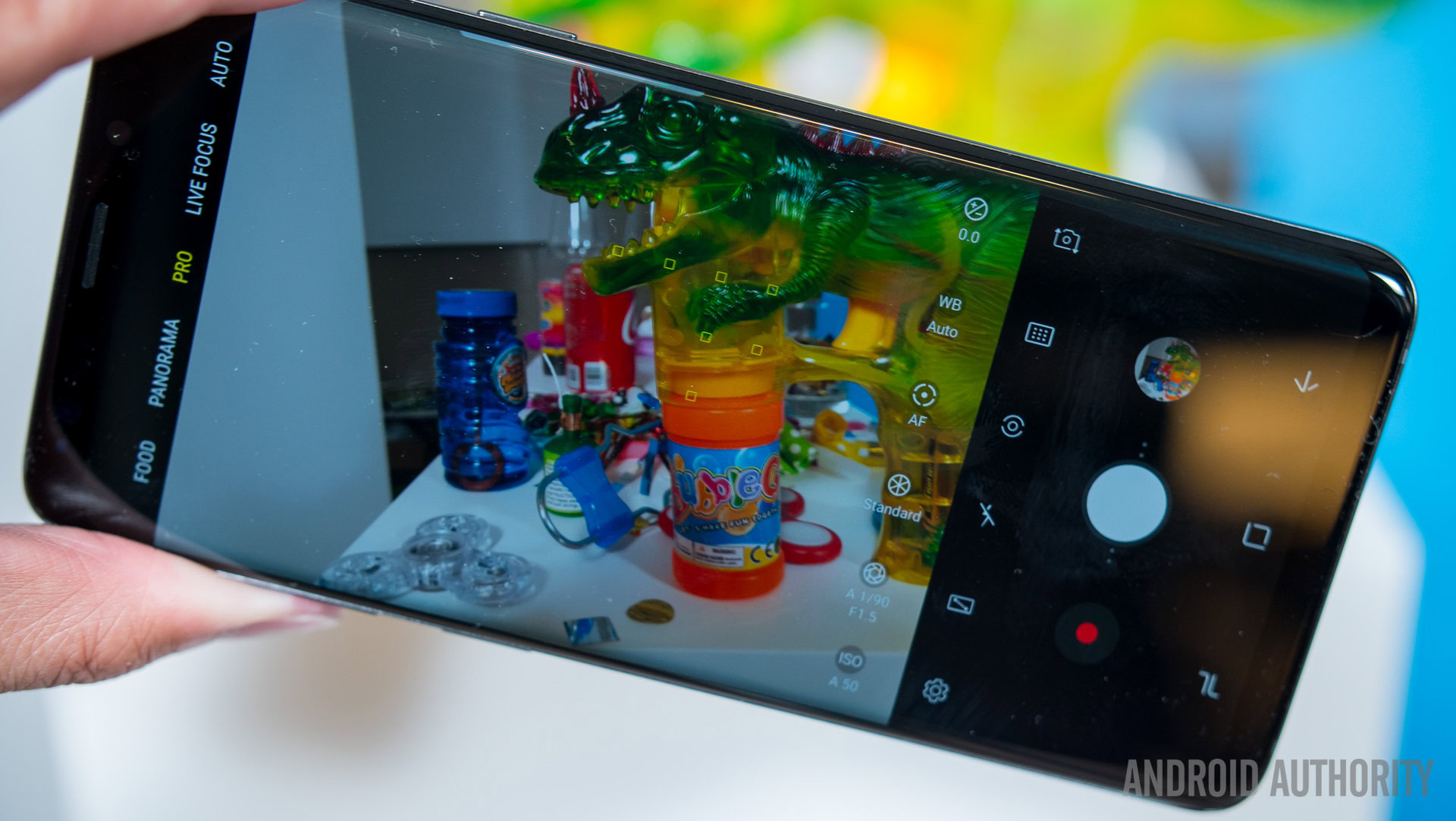
DRAM on the camera sensor also comes in handy for super slow-motion video. The Galaxy S9 can capture four times as many frames as the Galaxy S8, bumping the slow-motion capture from 240 fps to 960 fps at the same 720p HD resolution.
What sets this function apart on the S9 is it’s automatic mode, which takes the guesswork out of perfectly timing slow-motion footage. Rather than predicting exactly when to start the slow-motion recording, the Galaxy S9 automatically identifies when to record in super slow-motion while recording regularly. If you’re at a baseball game and want to record what happens when the ball comes into the seam, it can be tough to know exactly when to press record. The Galaxy S9’s software determines exactly when to record and it works rather well.
Once you record a super slow-motion video, the Galaxy S9 saves it in your camera roll, as well as several sharable GIFs. These GIFs also come with preset effects like looping or reversing the clip, which make for interesting shareable animations. The video also automatically adds background music, which you can change to preset tunes or songs from your music library.
Mechanical Aperture
Samsung cameras have traditionally struggled in low light, but the company is hoping the Galaxy S9 will change that. The Galaxy S9 comes with a mechanical iris which physically switches between two different apertures.
The tighter f/2.4 aperture is used for bright scenes to prevent crushed highlights. The wider f/1.5 aperture is used for low light shots and lets in 28 percent more light than the Galaxy S8. In Auto mode, the phone will automatically pick which aperture to use, but in Pro mode you’re able to pick one or the other.
AR Emoji
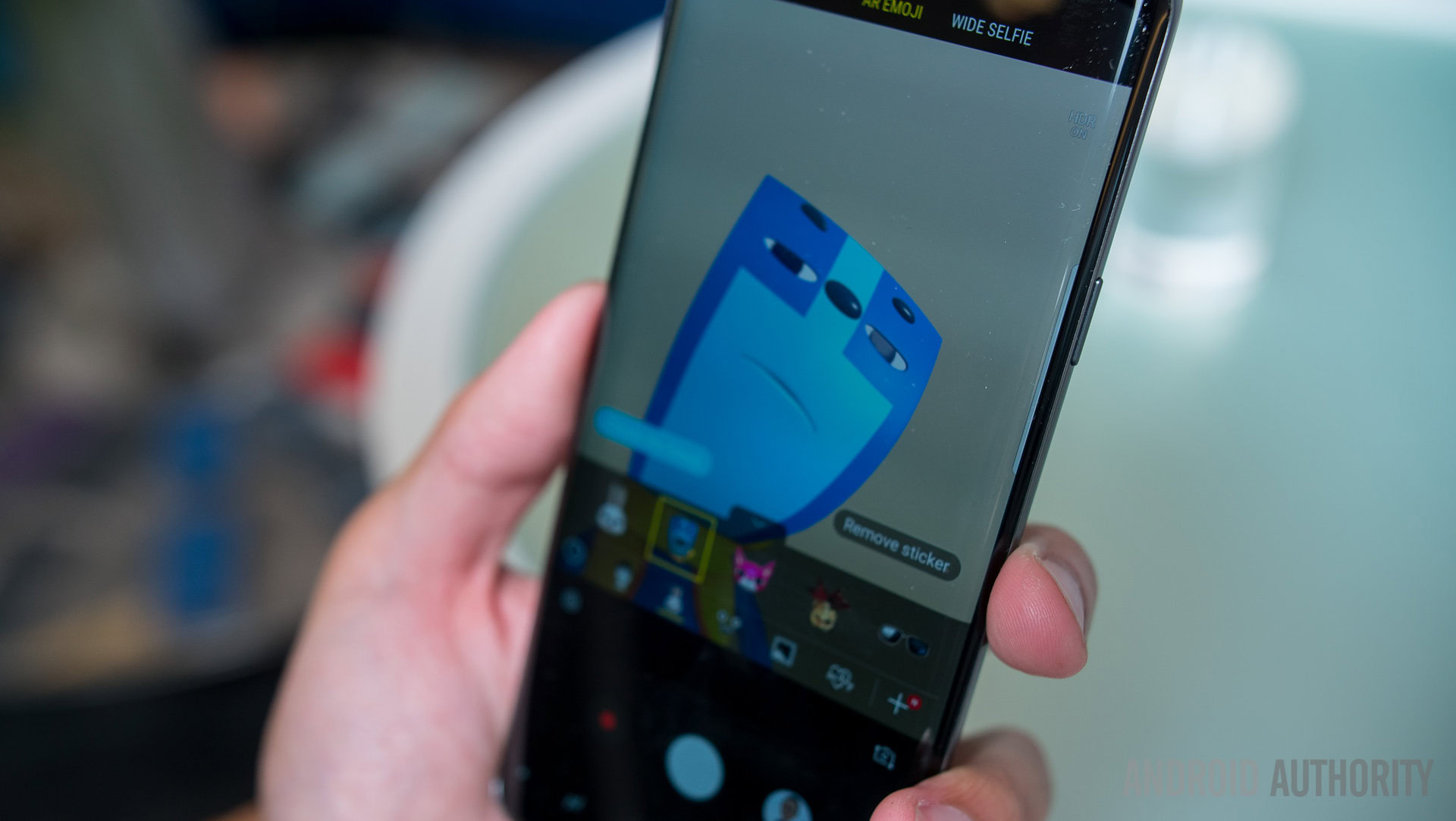
Expressing yourself is a large part of the Galaxy S9 experience and nowhere is it more apparent than the new AR Emoji feature. Inspired by the Animoji feature on the Apple iPhone X, AR Emoji allows you to create a 3D scan of your face. You can customize the hair, skin tone, clothes, and accessories of the scan to really have some fun.
Once you create your own Emoji, you can then record videos or photos using the emoji. Saving the Emoji automatically creates 18 different GIFs in your phone’s gallery and on your phone’s keyboard, which can be shared quickly with friends.
Gigabit LTE
One of the key features of the latest Qualcomm processor is LTE Cat 18 support. This allows the phone to download at speeds of up to 1.2 Gbps on a supported mobile network and makes the Galaxy S9 one of the fastest smartphones for mobile data.
Stereo speakers
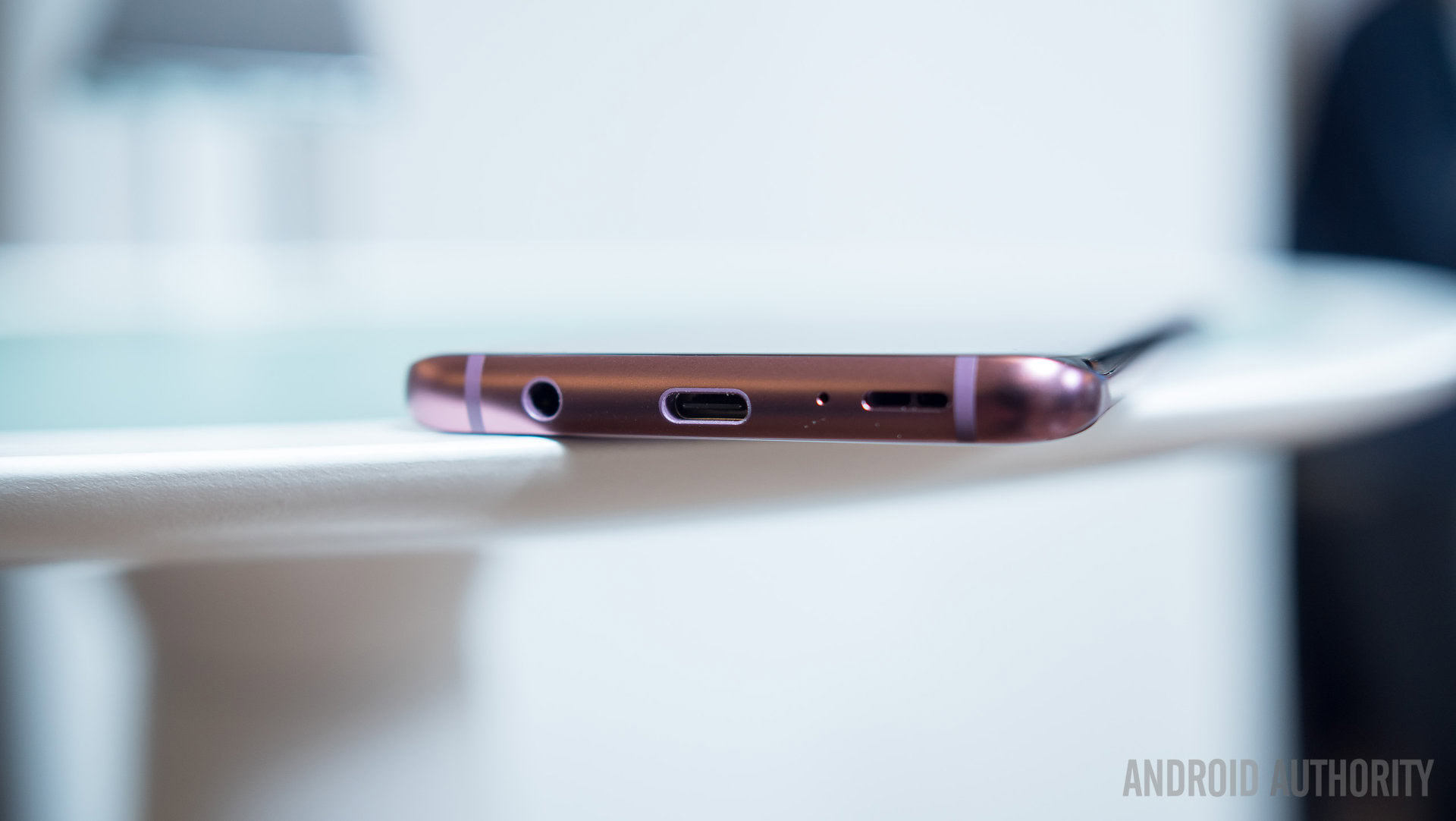
Another area where Samsung phones have traditionally struggled is audio. After Samsung’s acquisition of Harmon Kardon last year, this is hopefully a thing of the past. The single bottom-firing speaker from last year is now joined by a second front-facing speaker. Both speakers have been tuned by AKG (who are now part of the Samsung family after the Harmon acquisition).
The speakers are 1.4 times louder than the Galaxy S8 and Samsung says the speakers offer amazing premium audio. The dual speakers also benefit from a partnership with Dolby to add the Atmos codec to the Galaxy S9. This allows the phone to offer spatial audio, resulting in a more immersive experience overall.
Intelligent Scan
The Galaxy S8 family came with three different forms of biometric security: a fingerprint sensor, iris scanner, and face unlock. The Iris scanner and face unlock both only worked well in certain lighting conditions.
The iris scanner is super secure but doesn’t work well when you’re outdoors and the sun is behind you as the sunlight interferes with the IR. The Face unlock was the opposite — it worked great outside in good light, but it used the front camera, which struggled in dark conditions.
Related: Samsung Galaxy S9 and S9 Plus pricing and availability | Samsung Galaxy S9 and S9 Plus color comparison
On the Galaxy S9, Samsung has combined both of these features to leverage the strengths of both technologies. Intelligent Scan uses iris scanning as the primary for applications that need higher levels of security such as banking apps or Samsung Pay. For day-to-day unlocking, the Galaxy S9 offers the super fast convenient experience of Face Unlock.
Those are our top nine features on the Galaxy S9. What are your favorites?
Thank you for being part of our community. Read our Comment Policy before posting.